
Sinués

The mill is built next to the Río Estarrún, a tributary of the Río Aragón.
Pictures: 19.viii.2011


Pictures: 19.viii.2011
| The mill | The stones |

The front shows two different faces. The old corner stones betray that the third at the left is built as an afterthought: the walls are against each other but not bonded. The stones are also smaller and not nearly as neatly stacked as the bigger stones of the rest.
The biggest section houses the mill proper.


There isn't much to see inside. I couldn't find anything of interest below the rubble, between the trees, nor on the walls. The stones have found a second life as a piknik table in the communal gardens (†).
The cárcavo to the contrary is a must see and worth every scratch and the occasional wasp-sting.
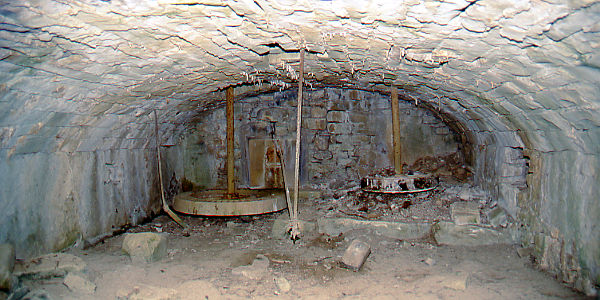
ruedais found in many cárcavos of the wide region (e.g. Sarvisé, Bara, Chimillas) though not always with the elegantly curved spokes (6).
The situation reminds me of our visit to Buetas where we found a similar configuration with two wheels (one iron, one wood) and even the same approach in building the valves.
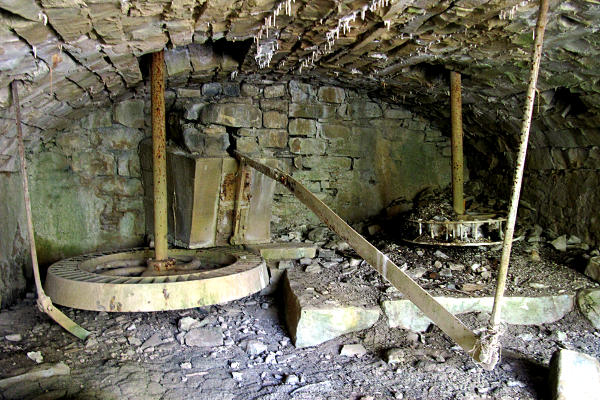
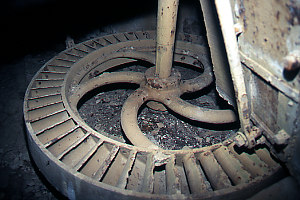
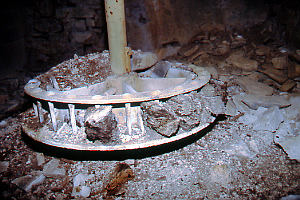

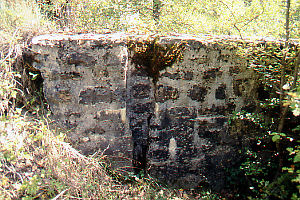
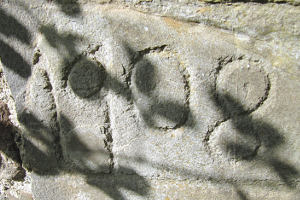
†
—2008— Sinués en el siglo XIX
136 pags, Bubok Publishing, ISBN 978-84-92580-35-4
Dedicates 10 full pages to the mill and its history.
Both books are most interesting and free to download from www.bubok.es (latest check 26.viii.2024).